The Influence of Home Inspections on Home Warranty Coverage
When you buy a new home, protecting your investment becomes a top priority. One essential aspect of this protection is home warranty coverage. However, many homeowners underestimate the influence of home inspections on their home warranty coverage. Understanding this connection can save you from unexpected expenses and provide peace of mind.
Understanding Home Warranty Coverage
Home warranty coverage acts as a safeguard against costly repairs and replacements of essential home systems and appliances. Unlike homeowners insurance, which covers damage from external events like fires or storms, home warranty coverage focuses on the internal components of your home. This includes systems like plumbing, electrical, heating, and cooling, as well as major appliances like refrigerators, ovens, and washing machines.
The Role of Home Inspections
Home inspections play a critical role in determining the scope and effectiveness of your home warranty coverage. Here’s why:
1. Identifying Pre-Existing Conditions
Before purchasing a home warranty, a thorough home inspection helps identify any pre-existing conditions in the home. Home warranty providers typically exclude coverage for issues that existed before the warranty began. By conducting a home inspection, you ensure that you know about these conditions in advance, allowing you to address them before securing your home warranty coverage. This proactive step can prevent claims from being denied due to undisclosed pre-existing issues.
2. Negotiating Repairs and Replacements
A home inspection report provides a detailed overview of the current state of the home’s systems and appliances. With this information, you can negotiate with the seller to address necessary repairs or replacements before closing the deal. This ensures that your home warranty coverage starts with a clean slate, covering only future issues. Additionally, it can enhance the value of your home by ensuring that critical systems are in good working order.
3. Ensuring Compliance with Warranty Requirements
Home warranty providers often have specific requirements that must be met for coverage to be valid. These requirements may include regular maintenance, proper installation, and adherence to local building codes. A home inspection ensures that your home meets these standards, making it easier to comply with the warranty provider’s terms. This compliance is crucial for avoiding claim denials and maximizing the benefits of your home warranty coverage.
4. Providing a Baseline for Future Claims
A home inspection serves as a baseline for future claims. By documenting the condition of your home’s systems and appliances at the start of your home warranty coverage, you have a reference point for any future issues. This documentation can streamline the claims process, as it provides clear evidence that a covered system or appliance has failed or needs repair due to normal wear and tear, rather than pre-existing conditions.
Maximizing Your Home Warranty Coverage
To maximize the benefits of your home warranty coverage, consider these steps:
- Schedule a Comprehensive Home Inspection: Hire a qualified home inspector to conduct a thorough evaluation of your home’s systems and appliances.
- Review the Inspection Report: Carefully review the inspection report and address any identified issues before securing your home warranty coverage.
- Understand Your Warranty Terms: Familiarize yourself with the terms and conditions of your home warranty coverage to ensure compliance and avoid claim denials.
- Maintain Regular Upkeep: Perform regular maintenance on your home’s systems and appliances to keep them in good working order and comply with warranty requirements.
- Keep Documentation: Maintain records of the inspection report, maintenance activities, and any repairs or replacements conducted. This documentation will be invaluable if you need to file a claim.
Conclusion
The influence of home inspections on home warranty coverage cannot be overstated. By proactively conducting a home inspection, you identify pre-existing conditions, negotiate necessary repairs, ensure compliance with warranty requirements, and establish a baseline for future claims. These steps maximize the effectiveness of your home warranty coverage, providing you with the protection and peace of mind you deserve. Investing in a home inspection is a small price to pay for the long-term benefits and security that come with comprehensive home warranty coverage.
